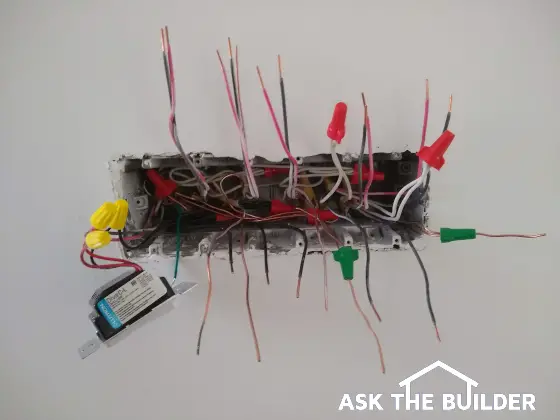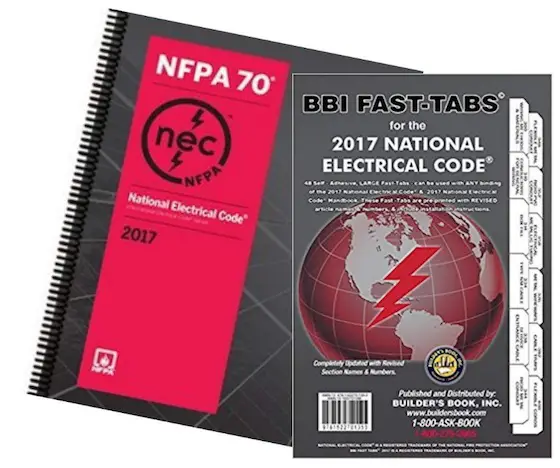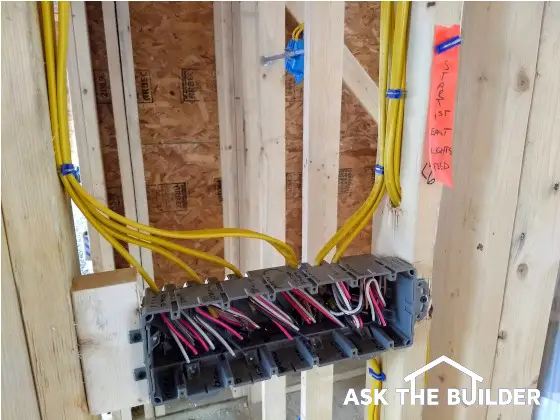DIY Electrical Wiring

DIY Electrical Wiring | If you’re going to attempt DIY electric wiring, you better be prepared to understand how to connect all these wires correctly. It’s not for the faint of heart. (C) Copyright 2019 Tim Carter
DEAR TIM: It’s a very long story and don’t think I’m crazy. I’m building a new home and wondering if I can install all the electrical wiring myself. It’s not a big home, but it’s got all the things going on you’d normally have in a home including quite a few 3 and 4-way switches. I’ve watched a bunch of online videos, I’ve read a few authoritative books and I’m feeling pretty confident. What am I missing? What would you do if you were me? Margo F., Albany, GA
Margo’s in an interesting predicament. My guess is this is a financial issue where she’s trying to trim her overall budget. I can understand that. I can also understand developing a sense of bravado after watching online videos that most likely only tell you part of the story.
I’ve wired lots of homes including my daughter’s new home in Downeast Maine just in the past few months. It’s important to realize that the actual aspect of nailing up boxes and installing the cables is not overly physically taxing. The challenge is to do the work so it meets or exceeds the complex National Electrical Code (NEC) authored by the National Fire Protection Association. This book is a collection of hard-earned safety standards that many have given their lives so that you and I can reap the benefits of electric power.

The NEC code book is revised every three years. The next edition should appear in 2020. CLICK on the IMAGE to order your copy now.
I don’t know that I’ve ever seen a news story where a person has drowned in their home because of a pipe leak, but dig deep into the national news each week and you’ll find stories of children, people, and pets that have died from fires traced to electrical issues. You need to understand that if you decide to install electrical wire you’re indeed playing with fire.
That said, I don’t want to dissuade you from trying. Another key point is that each master electrician out there started day one on the job not knowing which colored wire nut to use when. Margo, as well as you, can successfully and safely install electric wiring in a residential project with some sound advice, an assist from an electrician, and a heavy dose of common sense.
What size wire and conductors are required?
I could write for hours and hours about all of the small nuances that are involved with residential wiring. First and foremost, let’s talk about the size of the conductors, or wires, in the cables. A spool of cable is what you see at the home center and here in the USA it normally will contain two insulated wires and an uninsulated bare copper ground wire.
The NEC requires certain circuits in the house be fed with wires that can handle a maximum amperage. For example, kitchen countertop circuits need to handle 20 amps. An electric clothes dryer almost always calls for a cable that can handle 30 amps. Your electric stove/oven may need 40 or 50 amps. The NEC allows many normal outlet circuits in a house to be 15 amps.
You can’t mix and match wire sizes on circuits. All the wires/cables on a specific circuit protected by a circuit breaker must match the rating of the breaker. Are you confused yet? I think you can see where this is going.

This is the same box as you see above, but before it was covered with drywall. Note the yellow cables. These are all rated for 20 amps as they contain 12-gauge wires. Note all the red conductors for the 3-way switches. Copyright 2019 Tim Carter
Things you might not even consider come into play. The location of the drilled holes in wall studs and floor joists is critical. The NEC discusses this and you don’t want drywall screws or finish trim nails puncturing your cables. The number of cables that can be stacked on top of one another when nailed to a wood stud is important too!
You need to understand how many conductors, or individual wires, are allowed to be inside certain boxes. The NEC discusses the cubic-inch volume of boxes and relates it to the number, and size, of the conductors. Some modern boxes have the maximum count printed on them. Is your head spinning yet? We’ve still got so much more to discuss!
Wiring for 3-way and 4-way switches is not hard, but you need to understand how it all works. A few years ago I recorded two separate videos showing how to wire up each switch and these are on my Ask the Builder website. It fact, here they are!
I prefer using a special cable, called a 3 wire, between these switches. This cable contains an extra wire in it that normally has red insulation on it. After watching my videos, you’ll understand why this special cable with the extra conductor is so very helpful.
You’ll need to fully understand the different circuit breakers that are now required by the NEC. I clearly remember years ago when the ground-fault circuit interrupter (GFCI) breaker was first introduced into the code. Not only are you required to use those in certain wet locations, but the NEC also now requires an additional arc-fault circuit interrupter (AFCI) breaker on many other circuits.
Here’s my advice. I’d give serious consideration to hiring an electrician that will allow you to do lots of the mundane work like nailing up the boxes, running the cables between them, and even allowing you to connect up many of the switches and outlets after the drywall is up. But allow the electrician to do all of the truly complex aspects that only come with years of experience.
Don’t forget, there’s a very special way that the wires are stripped and looped onto the screws on outlets and switches. Mess this up and you very likely will become a grim statistic.
This column was shared with the 31,000 subscribers who read my November 3, 2019 AsktheBuilder Newsletter.
Column 1326
6 Responses to DIY Electrical Wiring